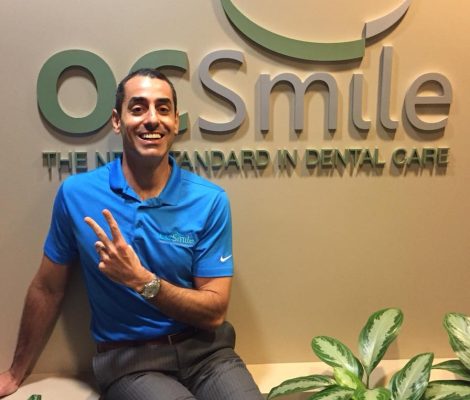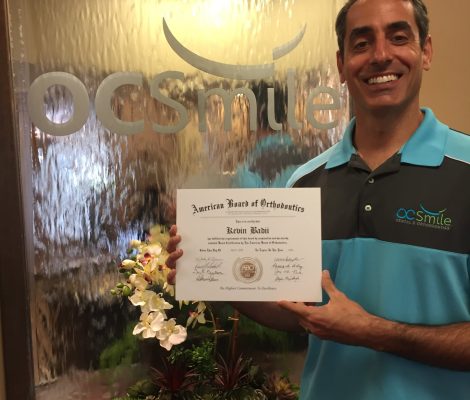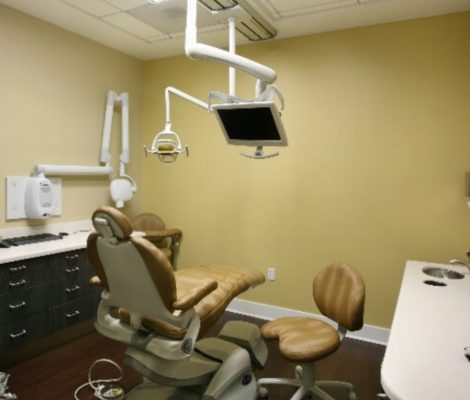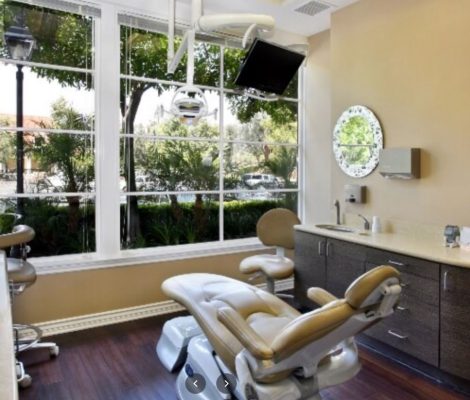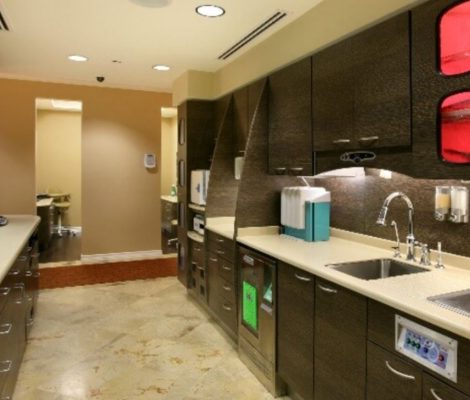Emergency Dental Care in Southern California
Emergency Dental Care Near Me
Are you experiencing a dental emergency? When you visit OC Smile, there is no need to be concerned. In the Mission Viejo and Fullerton, California, locations, we make sure everyone is given the best care as quickly as possible.
Same Day Emergency Dentistry
Our top concern when you come to our dental office for emergency care is to make sure that you are relieved of your pain and that we are able to save your tooth. After that, we will make treatment recommendations to restore your tooth to its ideal condition. Our staff and our team of dentists endeavor to ensure your comfort and give you the best care possible. To get treated, dial (714) 441-1414 if you’re in Fullerton or (949) 461-0000 if you’re in Mission Viejo. Stop suffering and get treated right away!
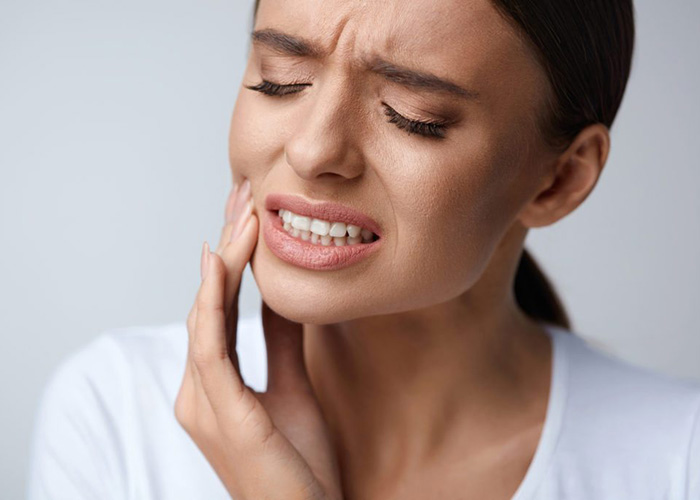
Mission Viejo Emergency Dentists - Best Emergency Dentist Near Me – Fullerton, CA Emergency Dental Care
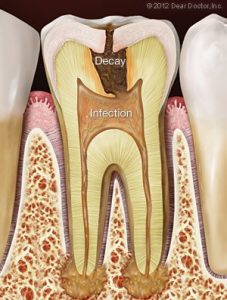 Almost everyone has undoubtedly experienced tooth pain at some point in their lives, ranging from small pains and sensitivity to severe discomfort. Pain is, in general, a defensive response that informs the body that something is amiss. When it comes to your teeth, however, pinpointing the particular source of pain can be tricky; it may also come and go in response to other stimuli, such as consuming hot foods. So, what does tooth discomfort mean, and how should you respond?
Almost everyone has undoubtedly experienced tooth pain at some point in their lives, ranging from small pains and sensitivity to severe discomfort. Pain is, in general, a defensive response that informs the body that something is amiss. When it comes to your teeth, however, pinpointing the particular source of pain can be tricky; it may also come and go in response to other stimuli, such as consuming hot foods. So, what does tooth discomfort mean, and how should you respond?
Tooth decay, a bacterial infection that can spread across various sections of the tooth and even into the gum tissue, is the most prevalent cause of dental pain. Tooth discomfort can also be caused by traumatic injury or gum disease.
The only way to know for sure what’s causing your tooth pain is to visit a dentist, who will ask you thorough questions about your symptoms and do diagnostic procedures, such as x-rays, to try to pinpoint the exact cause of the pain. However, there are some broad terms for the sensations you’re having – and their possible causes.
Severe Pain/Root Canal Emergencies
An infection in the tooth, possibly accompanied by an abscess (inflamed, pus-filled sac) in the surrounding gum and bone tissue, is indicated by constant, intense pain and pressure, swelling of the gums, and sensitivity to touch. It’s critical to consult a dentist or endodontist as soon as possible in this scenario, not only to relieve the pain, but also to save the tooth while it’s still possible. A root canal to remove damaged or dying pulp tissue and/or periodontal procedures to drain the abscess and stop the infection are possible treatments.
After eating hot or cold meals, lingering pain usually suggests a problem with the pulp tissue deep inside the tooth. Bacteria may have infected the pulp tissue or compromised the pulp vitality due to deep decay or physical trauma to the tooth. The discomfort may go away as the nerves inside the pulp tissue die, but the infection will not – in fact, it might spread and cause serious harm. Make an appointment with a dentist as soon as possible; a root canal may be required to relieve the pain and save the tooth.
Severe tooth decay, a loose filling, a crack in the tooth, or perhaps injured pulp tissue inside the tooth can all cause sharp discomfort while biting down on food. A dentist should be consulted as soon as feasible. Treatment may include fillings, bonding, root canal treatments, or other operations, depending on the cause.
Toothaches
A little area of decay, a loose filling, or a small degree of gum recession that has exposed the teeth’s roots may cause occasional or brief sensitivity to hot or cold foods. For a couple of weeks, use a soft brush and toothpaste intended for sensitive teeth to reduce the discomfort. If it doesn’t work, make an appointment with the dentist practice. Dental treatment might produce transient sensitivity, which can usually be alleviated with the same approaches. However, if the discomfort persists or worsens, you should seek medical attention.
Symptoms such as a dull aching or pressure in the upper teeth and jaw can be caused by a severe sinus headache or congestion caused by colds or flu. When the sickness is gone, the dental pain should go away as well. This form of discomfort has also been linked to tooth clenching or grinding (bruxism). If you have these behaviors, a nightguard can be manufactured at the dentist to protect your teeth and jaws from excessive force.
It is critical to seek treatment if tooth pain or discomfort persists, no matter what type of pain or discomfort you are experiencing.
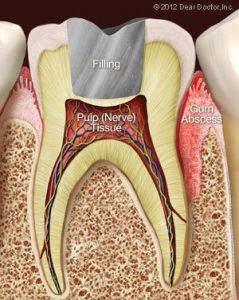 When it comes to dental emergency and discomfort, our attention is frequently drawn to diseases and injuries affecting the teeth. It’s vital to keep in mind, however, that the soft tissues of the mouth, such as the gums, tongue, lips, and cheek lining, may also be damaged. While these tissues are robust enough to withstand the oral environment, they are vulnerable to bites, falls, sports injuries, and scalding liquids. Foreign bodies that become stuck below the gum line can cause damage, and they can form painful and potentially fatal abscesses.
When it comes to dental emergency and discomfort, our attention is frequently drawn to diseases and injuries affecting the teeth. It’s vital to keep in mind, however, that the soft tissues of the mouth, such as the gums, tongue, lips, and cheek lining, may also be damaged. While these tissues are robust enough to withstand the oral environment, they are vulnerable to bites, falls, sports injuries, and scalding liquids. Foreign bodies that become stuck below the gum line can cause damage, and they can form painful and potentially fatal abscesses.
First Aid for Soft Gum Tissues
Blood combining with saliva can make any bleeding appear worse than it is. Soft tissue injuries in the mouth don’t generally bleed significantly. To help someone with this type of injury, try rinsing their mouth with a dilute salt water solution first. If a wound is visible, clean it with mild soap and water; if that isn’t possible, remove any foreign material with your hands and rinse again.
Bleeding may usually be stopped by applying moist gauze (or, if that’s not possible, another clean material) to the wound and leaving it there for 10-15 minutes. If the bleeding does not stop, medical help will be required right away. Attempt to see a dentist for an evaluation and treatment within 6 hours after the injury. This normally entails evaluating the degree of the injury, executing initial restorative techniques, and suturing (stitching) the wound on occasion. Antibiotics and/or a tetanus injection may be provided as well.
Foreign Bodies in The Gums
Foreign items can occasionally become trapped in the area between teeth and gums, causing irritation and infection. There are a few foods that seem to be particularly prone to this (such as popcorn husks), but other materials placed in the mouth — such as wood splinters from toothpicks or bits of fingernail, for example — can also create this problem.
If you have something caught under your gums, try removing it using dental floss: To dislodge the object, gently move the floss up and down below the gum line. A toothpick with light pressure may also help work it loose — but don’t press too hard or you’ll drive the thing in deeper. If that doesn’t work, make an appointment with a dentist right away. It’s possible that special tools will be required to locate and remove the object, and you’ll be given antibiotics to avoid infection.
Periodontal (Gum) Abscesses
A periodontal abscess, also known as a gum boil, is a pus-filled sac that can grow between teeth and gums. It’s caused by an infection, which could be the result of food or other things getting stuck beneath the gum line, or by unmanaged periodontal disease. Abscesses are often unpleasant because pressure builds up inside them quickly. A sudden throbbing toothache, discomfort and swelling of the gums or face, and even fever are all possible symptoms. Pus draining into the mouth through an opening in the sac might relieve pressure and pain, but it can leave a peculiar taste in the mouth.
Abscesses can last for months if left untreated, causing major health problems such as infections that spread to other regions of the body. That’s why, if you’re experiencing symptoms, you should consult a dentist straight away. He or she will locate the abscess and administer proper treatment. Draining the pus and fluid, carefully cleansing the affected area, and managing the infection are usually the first steps in treatment.

Having orthodontic treatment may take some getting accustomed to at first. When appliances are first placed, it’s usual to feel a little pain or small aches as teeth begin to move into new locations. However, it’s reassuring to know that true orthodontic emergencies are uncommon.
If you believe you have an emergency, the first step is to assess the seriousness of the situation: is it an urgent scenario that requires immediate attention, or is it a small problem that you can handle yourself until you can get to the office?
A Major Dental Emergency
There are only a few true orthodontic, or dental, emergencies. They include:
- Trauma or injury to the teeth, face or mouth
- Infection or swelling of the gums, mouth or face
- Severe, unmanageable discomfort or pain in these areas
In any of these scenarios, you should get aid as quickly as possible, and if necessary, go to an emergency room. In most cases, though, the first stop should be at the dentist’s office. If you have a fractured tooth, for example, you need to get it diagnosed and treated very away. Your orthodontic treatment plan can then be tweaked as needed. Severe discomfort or swelling, on the other hand, could indicate an infection or condition that requires rapid attention.
Some Minor Troubles
Fortunately, most orthodontic issues are minimal in comparison to these conditions, although they can still produce pain or irritation. In general, try to relieve the immediate source of the discomfort before calling for an appointment. Here are some of the more frequent orthodontic issues, as well as some ideas on how to alleviate them at home:
Loose or broken brackets, bands or wires
Eating hard or sticky candies or food, or playing with the braces, are common causes of this problem. Leave the band or bracket attached to the wire if it is still attached to the wire — but don’t connect any elastics to it! If it irritates the inside of your mouth, you can cover it with orthodontic wax. Save it if it has come off. In either situation, phone our office and tell us what happened, and we’ll advise you on what to do next.
Misplaced or poking archwire, bracket or tie
The archwire (the wire that joins the teeth) may begin poking near the rear of the mouth or hurting the cheeks when the teeth begin to shift. With a pencil eraser or a Q-Tip, try repositioning the wire into a better position. If the wire refuses to move, you may be able to cut the end off with a sterilized nail clipper – but please contact for help or instructions first. Tweezers can also be used to gently move a misplaced wire or a tangled tie that’s producing issues.
When wires or brackets irritate the skin, coating the metal pieces with wax can help relieve the pain. It’s recommended to make an appointment for any of these types of issues so that they can be addressed.
General tooth pain or loosening
During orthodontic treatment, it’s common for teeth to loosen somewhat – this indicates that they’re moving! Tenderness may accompany this movement, especially after braces have been put or modified. You can use your regular over-the-counter pain medicine for minor aches and pains. A salt-water rinse twice a day may also help: In an 8-ounce glass of warm water, dissolve one teaspoon of salt and rinse for 30 seconds. A warm washcloth or heating pad applied to the outside of the jaw can also help.
While true emergency situations are uncommon, the goal is to make orthodontic treatment as painless as feasible.
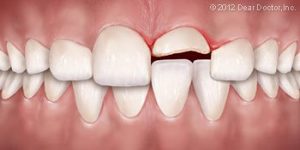 Traumatic dental injuries can affect persons of all ages and levels of exercise. A car accident, a fall down the stairs, or an elbow to the face during a basketball game could be the reason. The primary goal of treating a traumatic dental injury, like with most types of dental treatment, is to save teeth that are at risk of being lost and return them to full function and look. In many circumstances, the difference between saving and losing a tooth is determined by what you do right after after an injury. Here are some tips for preventing sports-related dental injuries as well as what to do if one arises.
Traumatic dental injuries can affect persons of all ages and levels of exercise. A car accident, a fall down the stairs, or an elbow to the face during a basketball game could be the reason. The primary goal of treating a traumatic dental injury, like with most types of dental treatment, is to save teeth that are at risk of being lost and return them to full function and look. In many circumstances, the difference between saving and losing a tooth is determined by what you do right after after an injury. Here are some tips for preventing sports-related dental injuries as well as what to do if one arises.
Sports-Related Dental Injuries
Americans of all ages love playing sports —
According to one survey, participation in high school athletics has been on the rise for 24 years in a row. However, in order to get the many benefits that sports provide, one must recognize — and prepare for — the danger of damage.
Despite the fact that dental trauma accounts for a considerable share of all sports injuries, many of them are avoidable. How? With the help of a good mouthguard. When you consider that replacing a permanent tooth can cost upwards of $20,000 over the course of a lifetime, a solid mouthguard is one of the best investments you can make in sports equipment: It has been proven to cut the risk of sports-related oral damage in half.
The mouthguard that comes from your dentist’s office is the best. It’s robust, lightweight, and properly fitted since it’s custom-made from a model of your actual teeth. Inquire about this vital piece of safety equipment if you (or your child) participate in sports. Continue reading to learn what to do if you suffer from a specific form of dental injury.
Chipped or Broken Teeth
According to the American Association of Endodontists, chipped teeth are the most prevalent dental injury. If your teeth are chipped or cracked, or if they are loose or sore to the touch, see a dentist as soon as possible. Attempt to discover any missing portions of the tooth, as they may be able to be reattached to the crown with tooth-colored bonding material.
Knocked-Out Teeth
If a permanent tooth is knocked out of its socket (avulsed), it must be treated right away. To begin, retrieve the tooth and, if necessary, carefully clean it with water. Try not to get your hands on the tooth’s root. If feasible, replace the tooth in its socket (ensuring proper orientation) and provide gentle, sustained pressure to the area for five minutes. To help grab and hold the tooth in place, use a wad of damp tissue or gauze. After that, seek emergency dental care as quickly as possible, and check to see if a tetanus vaccination or booster is required.
If the tooth cannot be replanted, have the patient place it between his teeth and cheek, or in a plastic bag with the patient’s saliva, or in a cup of cold milk. Apply pressure to the tooth socket to stop the bleeding (if possible, use gauze), and bring the patient and the tooth to an emergency treatment center as quickly as possible. Primary (baby) teeth, on the other hand, rarely need to be replaced.
Partially Displaced Teeth
If teeth are driven into or partially out of the jaw, or if they are out of alignment, a dentist or oral surgeon should be consulted within six hours of the injury. A thorough examination of the mouth (together with x-rays if necessary) should disclose the extent of the damage and what restorative therapies are likely to be needed.
Soft-Tissue Injuries
Dental injuries frequently result in damage to the gums, tongue, and inside of the mouth, in addition to the teeth. When you have a soft-tissue injury, you should take the following steps right away and then consult a dentist as soon as possible: If feasible, wash and rinse the region with soap and water, or manually remove debris and foreign material. Applying direct, gentle pressure to gauze pads put on the site can typically stop bleeding. Go to an emergency room if it can’t be controlled after about 10 minutes.
Please contact the dental clinic for more advice on how to deal with a traumatic dental injury.
Meet Your Award-Winning Dentists in Mission Viejo & Fullerton, CA


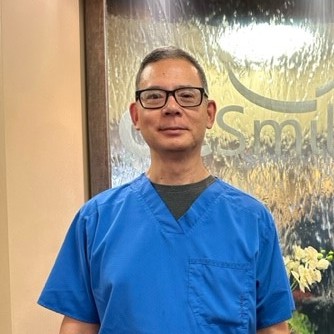
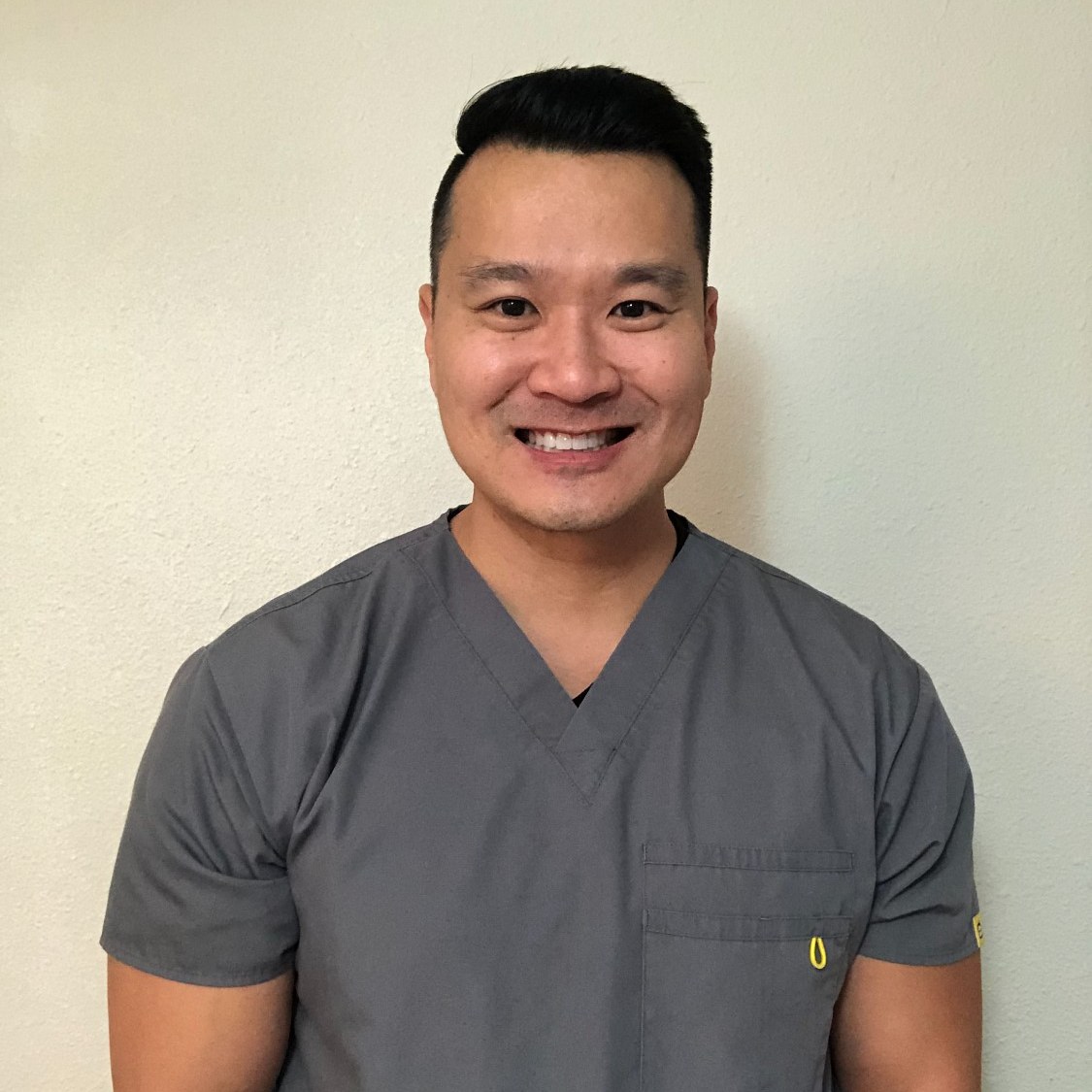
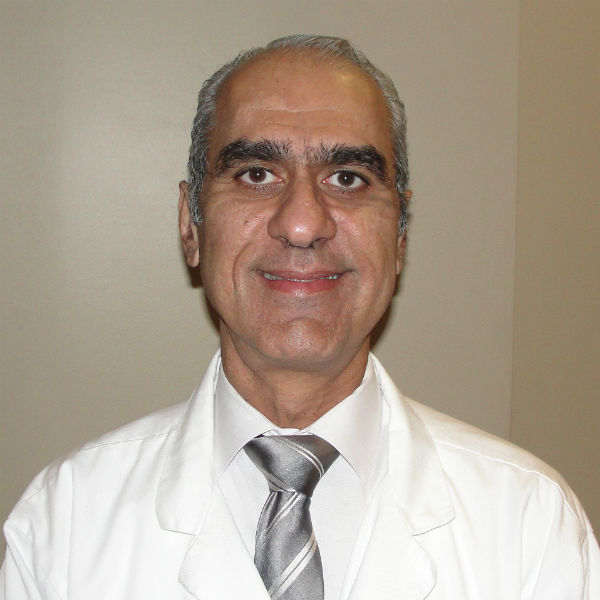
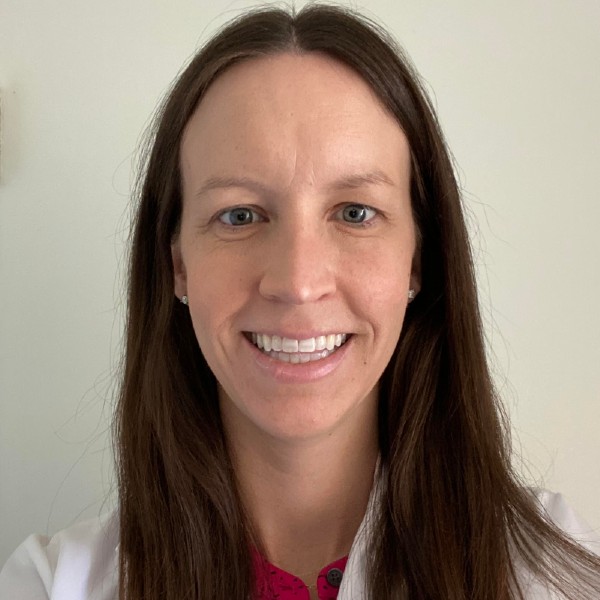
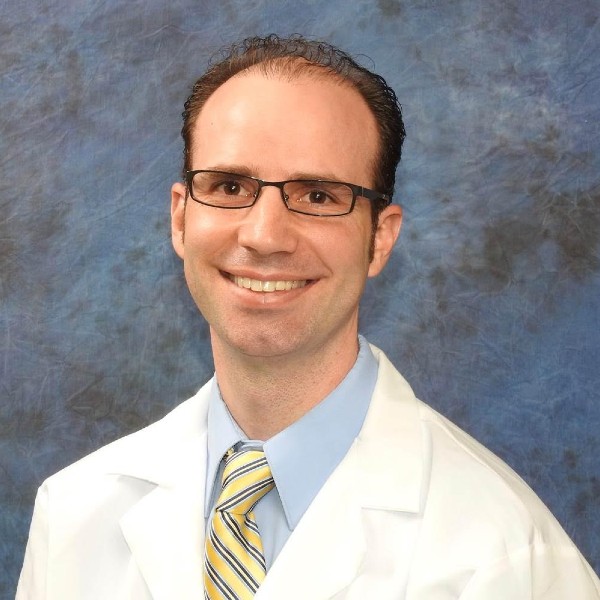


Our Dental Services
General Dentistry
Dental Implants
Emergency Care
Pediatric Dentistry
Oral Surgery
Orthodontics
The Proof is in our Patients

2 Convenient Locations
Our Fullerton, CA Office
1950 Sunny Crest Dr., Ste #1100
Fullerton, CA 92835
Working Hours
Our Mission Viejo, CA Office
24896 Chrisanta Drive, Suite #110
Mission Viejo, CA 92691

